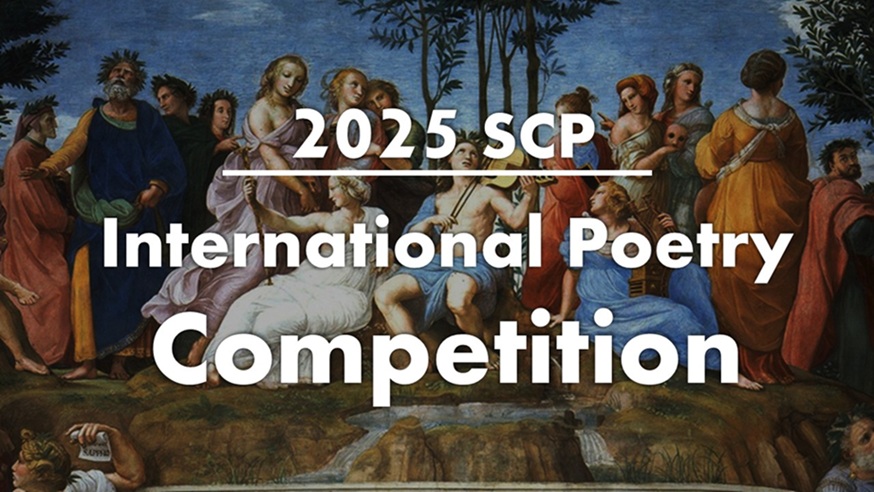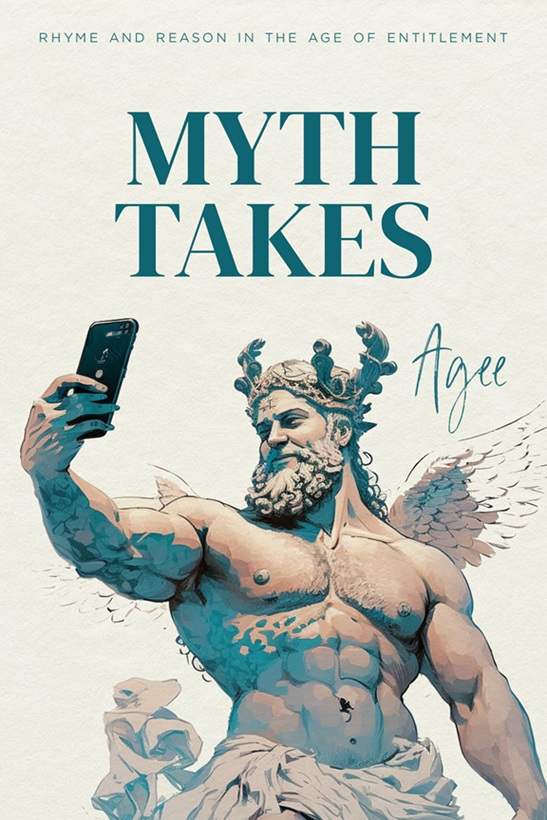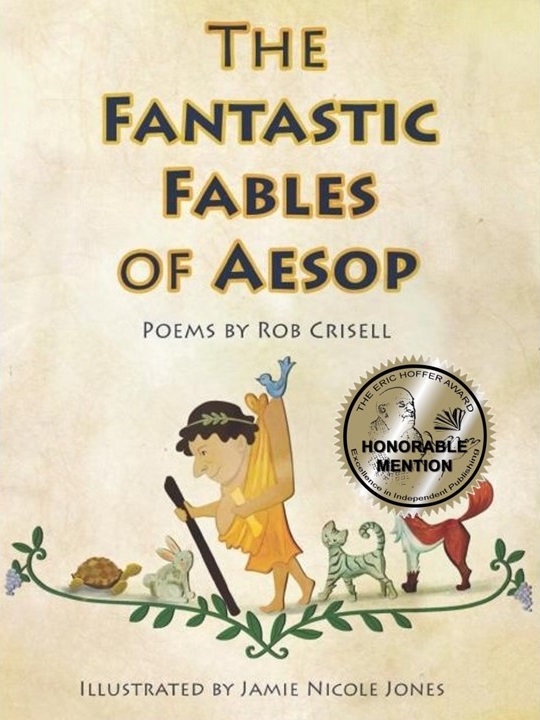.
SAT Tips
Leave nothing blank, your chances are
__As good as one in four;
So when the end is not too far
__Fill in! to raise your score.
Jot notes down on the booklet page
__or circle a key word.
This helps your thinking to engage,
__ignore that sneeze you heard.
Each question’s worth the same amount,
__No question is worth double:
Don’t drain your stopwatch bank account
__Because you meet some trouble.
If question nine is really tough
__When doing passage one,
Be sure to move on, say “Enough!”
__And come back when you’re done;
For otherwise you’re sure to miss
__The easy questions later;
Don’t let your thoughts go all amiss,
__Or you’ll be your own hater.
And in the Reading Section know
__That early questions tend
To go with early lines and so
__Don’t look around the end.
The opposite is also true;
__But questions on the whole
Are also there: a chance for you
__To find the reading’s soul.
The evidence is everything:
__That’s how your mind should think.
Your daydreams could be anything,
__But they want what’s in ink.
And most of all remember that
__“Fortune favors the bold”;
Take off your sullen, self-doubt hat,
__Put on your helmet of gold!
.
.
Evan Mantyk teaches literature and history in New York and is President of the Society of Classical Poets.
















Good fun and good advice!
Paul – indeed it is!
Hi Evan, My daughter is taking the SAT on Saturday and this poem was just perfect to receive at this time 🙂 Thank you for a world of wisdom here in your magnificent poem!
Especially like the final verse but all flows
with good advice via rhyme and meter from one who must be “in the know”. Might I be so bold
as to say I missed a “the” between “in” and “ink”
in the 2nd to last verse?
A very fine, enjoyable and practical poem. The versification actually make your advice easier to memorize! This would have come in very handy for me back in the day.
Good advice in a great poem…I hope teachers see this poem and share with their students. Allegra
Evan —
Ah, if only many if us at SCP had earlier on had the benefit of your good advice, arrayed in such logical fashion !
Ah well — let a new generation benefit .
Very nice poem !
An absolutely spot-on bit of advice for students taking the SAT. This is EXACTLY what a student should know about how to approach this very important test.
Evan’s tips are essentially about how to focus in, without distraction or time-wasting or wool-gathering.
Sound advice, indeed!
Great advice! I can remember using many of the methods outlined in this poem when taking tests in school, in general.
Thank you all for your comments! Hopefully students get some use out of this. I am planning to give it to mine. I was in part inspired by Mr. Salemi’s “The Composition Teacher Addresses His Class” which you may enjoy https://classicalpoets.org/2018/05/06/the-composition-teacher-addresses-his-class-by-joseph-s-salemi/
I know this advice is going to help some future students taking the SAT exam. Thoughtful, delightful and practical!
The more pathways into the mind, the more likely the advice will make an impression. Great idea to add verse to the prose that students hear from a teacher or read in a test prep manual. Even better if you have them recite it to one another!
Your advice is worth listening to, but I’m glad that when I took the SATs that I relied on a mastery of vocabulary and inordinate attention to the core principles of mathematics. But yes, I also employed certain time-saving strategies. In my junior year in high school I scored 730M & 747V, and this was before they began normalizing the test results. At that point I realized that I had little to gain from taking the tests again in my senior year.
Yes, and you had to deal with the infamous and tortuous Analogies, and calculators were strictly verboten. Just think if a student needed to know classic texts, as in the Imperial exams Evan chose for his illustration!
I loved the analogy questions, and I had a method for dealing with them: I locked onto the the relationship between X and Y (X is to Y as) and then applied the model to the “as Z is to ?” part. Obviously I became pretty good at it.